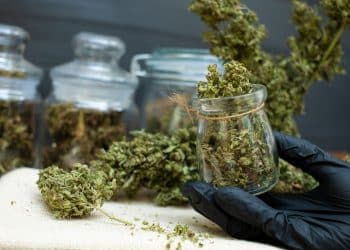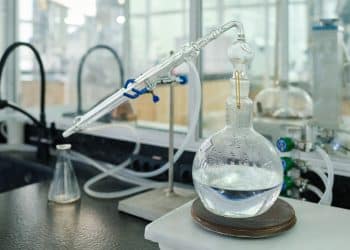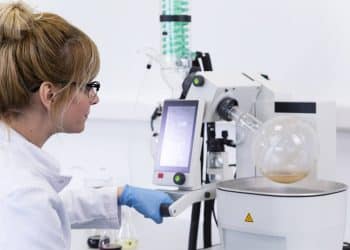The successful marketing and dissemination of cannabis extraction products is predicated upon the ability of manufacturers to refine their crude products. While commonly thought of as encompassing the entire manufacturing chain of events, cannabis extraction solely concerns itself with the removal of active ingredients from the cannabis plant: i.e. processing. But almost all cannabis extraction products require some additional steps before they are ready to be distributed to consumers: i.e., post-processing.
This series of blog posts will delve into some of the ways that cannabis extract manufacturers post-process their extracts. Of course, which methods they choose will depend on the final product they have in mind.
Winterization
verb: Winterize
The active phytochemical constituents of the cannabis plant are lipophilic in nature—they are soluble in fat (non-polar) solvents. However, every plant—and cannabis is no exception—contains a plethora of other lipophilic ingredients, such as cuticle wax. Extractions, no matter the solvent, will pull those undesirable compounds along with the desired phytochemicals.
These compounds—which at this point can reasonably be called contaminants—must be removed from the starting material in the post-processing of most cannabis extraction products. The primary component of these contaminants are long-chain fatty acids and triglycerides: i.e., fats. Ethanol, a semi-lipophilic but also partially polar molecule, has a particular proclivity for binding liquified plant and animal fats. It precipitates them out of solution and into solid particles, and the resulting precipitate does not significantly sequester phytochemicals inside.
Ethanol effectively separates the desired phytocannabinoids by inducing a phase change of liquid to solid in the undesired fats. It is also a solvent of choice because its semi-lipophilic properties allow it to solubilize the phytochemicals. However, in order for this phase change to occur, the temperature must at least be brought below 0°C (“below freezing”). Hence the term, “winterization.”
There are two schools of thought when it comes to winterization: static vs. continuous.
- Static winterization requires more time (~48 hours) but less extreme temperatures (-20°C) and regular equipment (standard freezer).
- Continuous winterization requires much less time (~1-2 hours) but more extreme temperatures (-40°C) and much more sophisticated and expensive equipment (motorized glass reactor and chiller).
So when post-processing your extracts, think “winterization” when it comes to making your products “fat free”!
Image Credit: Blue Diamond Gallery













